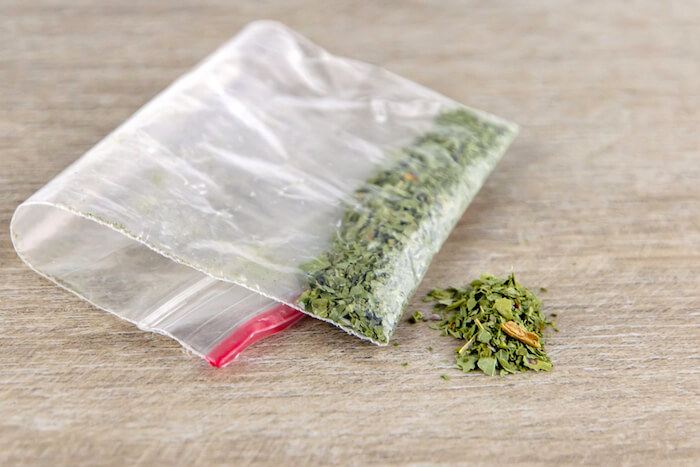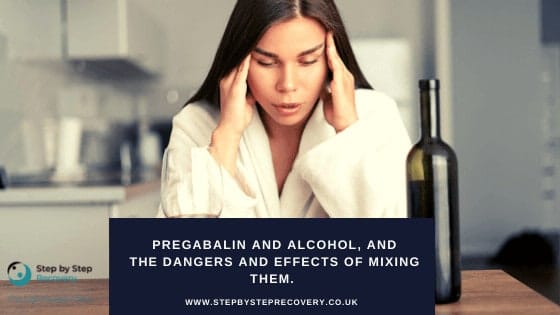Women going through the physical and psychological symptoms of perimenopause and menopause are more susceptible to substance abuse. You may have started to use alcohol or both prescription drugs and illicit substances to temporarily help to relieve these symptoms.
Menopause vs Perimenopause
Hormonal changes begin during perimenopause, typically starting a few years before menopause. Symptoms often begin in your 40s, although premature menopause can trigger symptoms from the age of 20. During perimenopause, oestrogen levels rise and fall, and progesterone levels drop. This can result in longer or heavier menstrual cycles and a myriad of other physical and psychological symptoms.
Menopause follows perimenopause and usually occurs between the age of 45 to 55 and is officially diagnosed when menstruation has been absent for 12 consecutive months. During menopause, oestrogen and progesterone hormone levels drop.
Signs of Perimenopause
Changes in hormones may result in many challenging psychological and physical symptoms. Signs of perimenopause can be sudden or gradual, with some women experiencing perimenopause symptoms for up to five years.
Perimenopause Symptoms
- Worsening in premenstrual syndrome (PMS) symptoms
- Infrequent, irregular, heavier, and longer menstrual periods
- Reduced sex drive
- Vaginal dryness
- Night sweats and erratic hot flushes
- Dry skin and itchiness
- Headaches
- Weight gain
- Insomnia
- Fatigue
- Dizziness
- Breast tenderness
- Concentration problems and forgetfulness.
Can Menopause Cause Anxiety and Depression?
Research has shown that hormonal changes can cause irritability, mood swings, decreased sex drive, weight gain and hot flushes. Clinical studies have indicated that these symptoms increase the risk of anxiety and depression in perimenopause and menopause.
Although these symptoms are often associated with menopause, they are usually most severe during perimenopause. Perimenopause is indicated by changes in the menstrual cycle and if your menstrual cycle varies by seven days or more, this is a sign you could be entering perimenopause. Symptoms caused by perimenopause last for four years on average.
Menopause and Addiction
During perimenopause and menopause, drugs, such as opiates for pain relief and alcohol are often used to ease both physical and psychological symptoms. It is common to abuse alcohol and pain medication, especially when symptoms continue over a prolonged period or are severe enough to interfere with everyday responsibilities.
This triggers a vicious cycle; the more alcohol and pain medication or other types of prescription drugs are abused, the higher your tolerance becomes to the effects. Additionally, abusing alcohol and drugs can worsen premenopausal and menopausal symptoms and will often make any mental health symptoms worse.
Understanding the difference between substance abuse and addiction helps determine your individual addiction treatment needs.
Substance Abuse
Substance abuse is typically considered the start of addiction and refers to the misuse of alcohol or drugs. Drinking to cope with difficult emotions such as stress, anxiety, depression, and binge drinking are examples of alcohol abuse.
Taking over the specified dose of either prescription or over-the-counter medications is characteristic of substance abuse. Substance abuse does not cause withdrawal symptoms or cravings but can quickly lead to dependence and addiction.
Addiction and the Brain
Addiction is widely recognised as a chronic disease that causes changes in the way the brain functions. Abuse of alcohol and drugs forces the brain receptors to release large surges of dopamine. Over time, tolerance is developed and you then need to use more of the substance to achieve the same dopamine “high”.
This reinforces the connection between substance abuse, external cues, and the subsequent surge of dopamine, teaching the brain to seek out the activity again. You then experience cravings when your brain registers external environmental cues, such as seeing a wine glass or someone smoking cannabis on a film.
How to Manage Perimenopause Symptoms
Accepting that the hormonal changes caused by perimenopause and menopause can be hard to cope with may make it easier to manage physical and psychological symptoms.
Here are five healthy ways to reduce perimenopausal and menopausal symptoms:
- Exercise and diet are two of the most effective ways to improve perimenopause and menopause symptoms, and both are associated with reduced psychological symptoms such as irritability, depression, and anxiety. Another factor is that exercise and a healthy diet can help you lose weight, which may help reduce hot flushes.
- Building extended social networks can make a huge difference. Not only is having family and friends you can talk to invaluable but feeling close connections can make you feel happier and reduce symptoms of depression and anxiety. It may also help if you seek out friends who are going through perimenopause or menopausal symptoms.
- Creative activities can be an outlet for your emotions and when you are absorbed by an activity that you love, it can help reduce symptoms, such as pain, and distract your brain from depression and anxiety.
- Limit alcohol. Using alcohol to lessen feelings of anxiety, depression or combat insomnia can worsen symptoms of perimenopause and menopause.
- Therapy can help you recognise and make sense of your thought patterns and how you feel. This may make it easier to know when to distract yourself with creative activities and exercise and identify how your feelings are related to perimenopause and menopause symptoms.
Addiction Treatment During Perimenopause
If you are concerned that you are abusing or could be addicted to alcohol, legal or illicit drugs, it can be scary. Seeking addiction treatment may seem drastic, and you might hope that once your perimenopause and menopause symptoms lessen or stop, you will be able to give up substance abuse. Unfortunately, your life could be torn apart by your compulsion to obtain and use alcohol or other substances at this stage.
The longer you ignore your substance abuse problems or diminish their long-term impact, the more severe your addiction can become. Consequently, early intervention is associated with faster treatment times and lower relapse rates.
Symptoms associated with perimenopause and menopause can be extremely difficult to cope with, and without professional help, it can be almost impossible to break free from addiction. When you attend an addiction clinic or rehab centre, your treatment will normally start with a medically assisted detox. During this process, you are given medication to alleviate withdrawal symptoms and make you more comfortable.
Once your detox is complete, you will begin a residential or outpatient treatment programme that will typically combine various types of individual and group therapy and holistic activities. When you leave rehab or complete an outpatient addiction programme, you will have access to addiction aftercare and resources to make living a life of sobriety less challenging.
Step by Step Recovery exists to help individuals beat drug addiction permanently, providing support to the people we treat and their friends and family. Please complete our online assessment form or call our understanding team on 0800 170 1222 for free, confidential advice to help you or a loved one.




